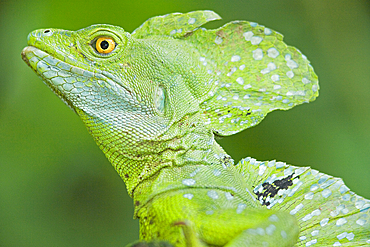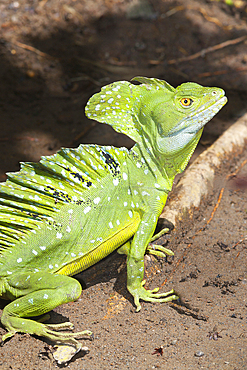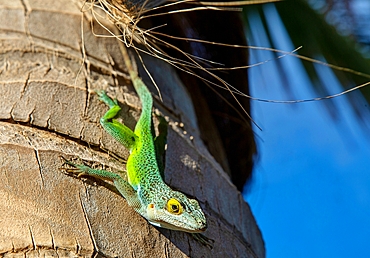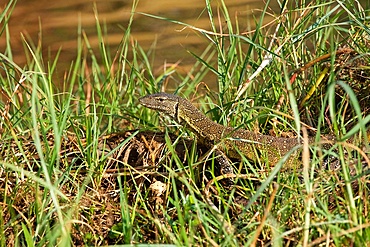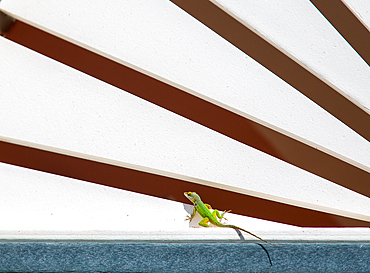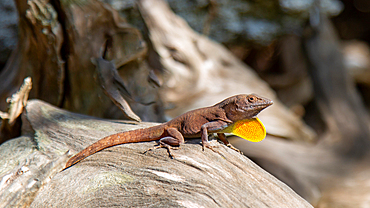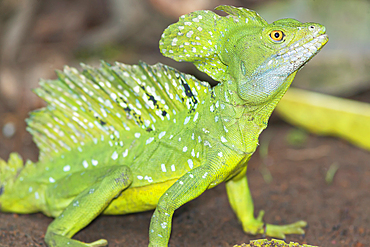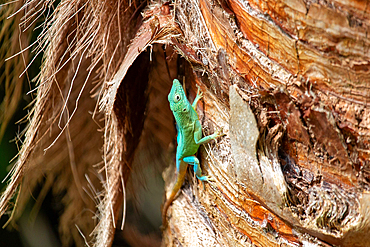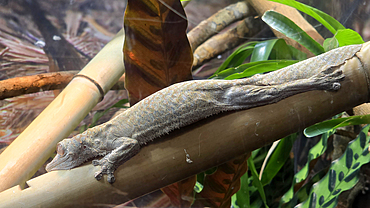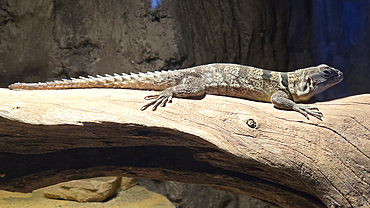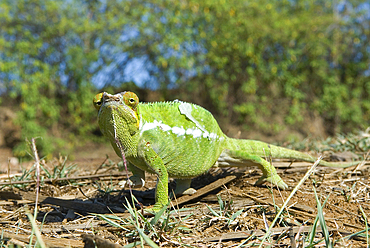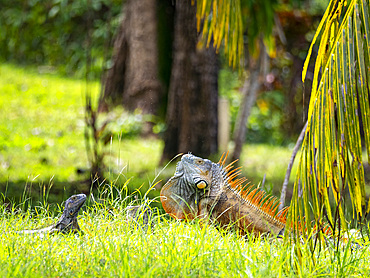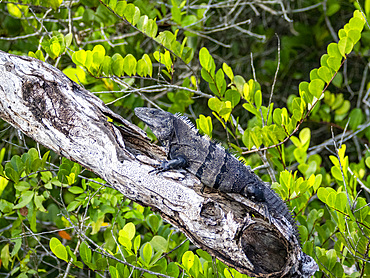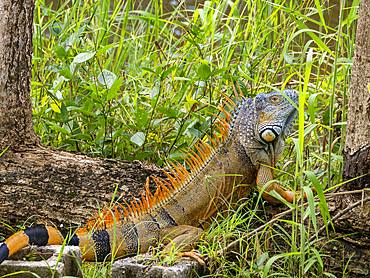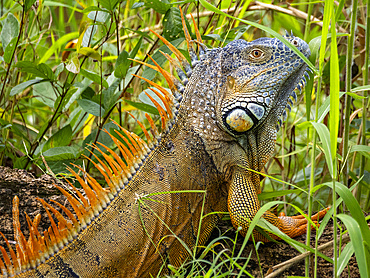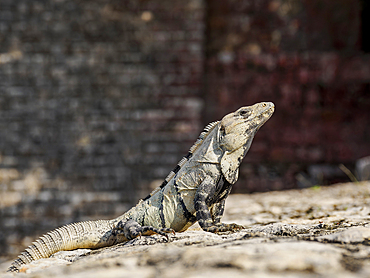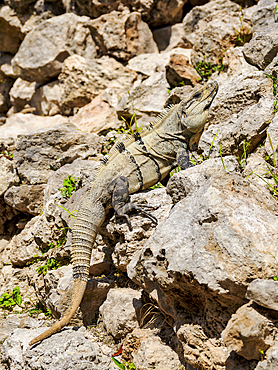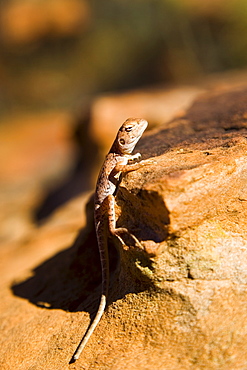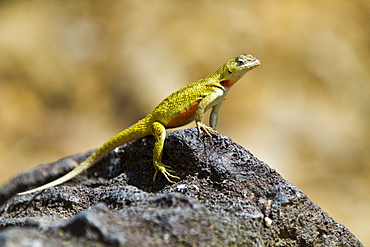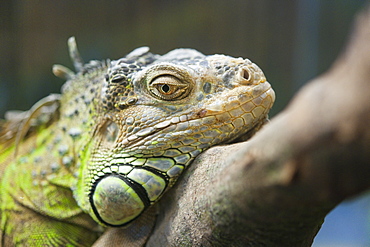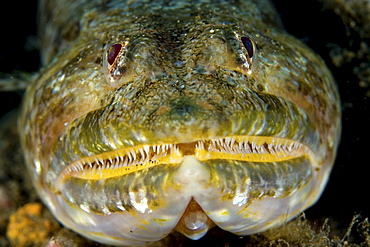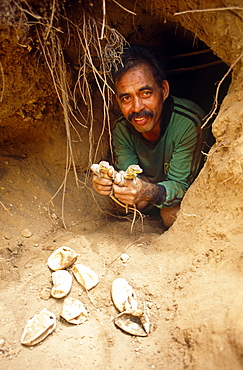Results
58 results found
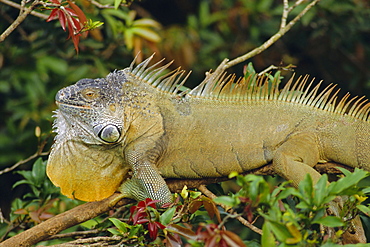
Green Iguana (Iguana iguana), basking in tree foliage, Muelle San Carlos, Costa Rica, Central America
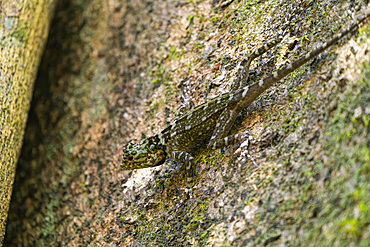
Close-up of Collared treerunner (Plica plica) on tree, Tambopata National Reserve, Puerto Maldonado, Tambopata Province, Madre de Dios, Peru, South America
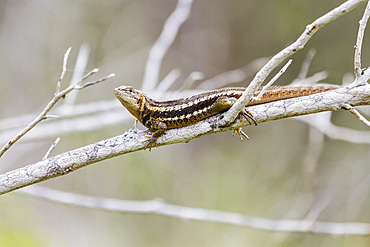
Lava lizard (Microlophus spp) in the Galapagos Islands Archipelago, UNESCO World Heritage Site, Ecuador, South America
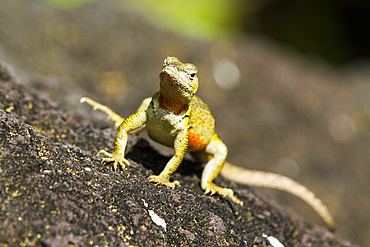
Lava lizard (Microlophus spp) in the Galapagos Islands Archipelago, UNESCO World Heritage Site, Ecuador, South America
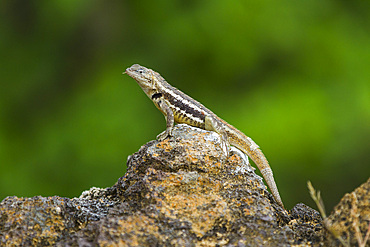
Lava lizard (Microlophus spp) in the Galapagos Islands Archipelago, UNESCO World Heritage Site, Ecuador, South America
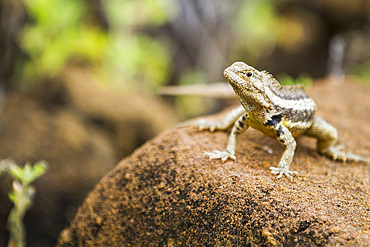
Lava lizard (Microlophus spp) in the Galapagos Islands Archipelago, UNESCO World Heritage Site, Ecuador, South America
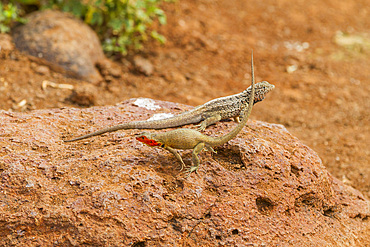
Lava lizard (Microlophus spp) courtship behavior in the Galapagos Islands Archipelago, UNESCO World Heritage Site, Ecuador, South America
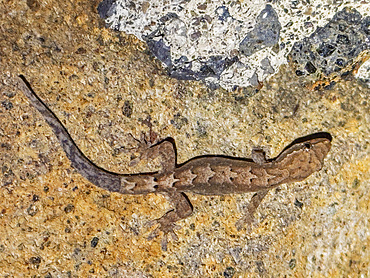
Adult mourning gecko (Lepidodactylus lugubris), at night on the Volivoli Resort grounds on Viti Levu, Fiji, South Pacific, Pacific
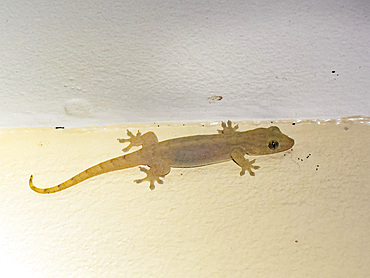
Adult voracious gecko (Gehyra vorax), at night on the Volivoli Resort grounds on Viti Levu, Fiji, South Pacific, Pacific
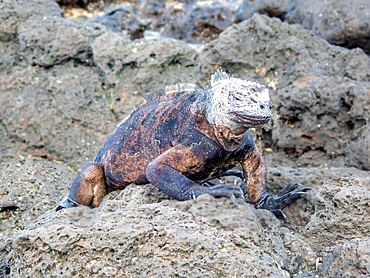
Galapagos Marine Iguana (Amblyrhynchus cristatus) Santa Cruz island, Galapagos, UNESCO World Heritage Site, Ecuador, South America
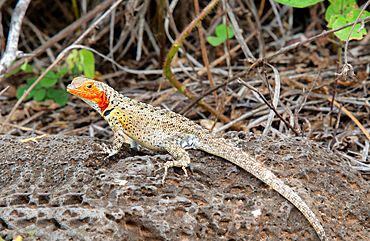
Lava Lizard (microlophus) on Floreana island, Galapagos, UNESCO World Heritage Site, Ecuador, South America
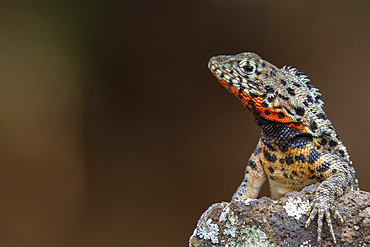
Lava lizard (Microlophus spp) in the Galapagos Island Archipelago, UNESCO World Heritage Site, Ecuador, South America
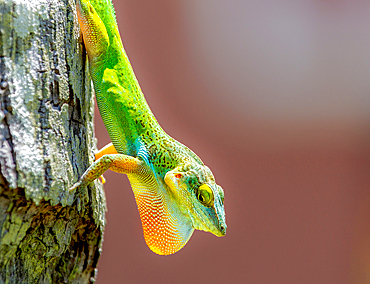
Antiguan Anole Lizard (Anolis Leachii), with dewlap extended, Bermuda, North Atlantic, North America

Iguana at the rock with Caribbean Sea in the background, Paradise Beach, Tulum, Quintana Roo State, Mexico

Iguana at the rock with Caribbean Sea in the background, Paradise Beach, Tulum, Quintana Roo State, Mexico
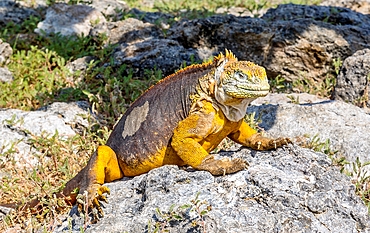
Galapagos Land Iguana (Conolophus subcristatus), large lizard can can grow to five feet long and live for 60 years, South Plaza island, Galapagos, UNESCO World Heritage Site, Ecuador, South America
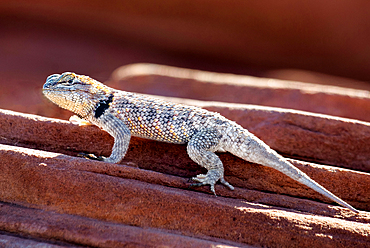
Desert Spiny Lizard (Sceloporus magister) in Sand Hollow State Park near St. George, Utah, United States of America
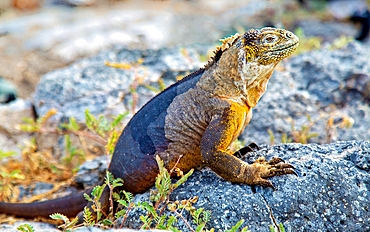
Galapagos Land Iguana (Conolophus subcristatus), large lizard can can grow to five feet long and live for 60 years, South Plaza island, Galapagos, UNESCO World Heritage Site, Ecuador, South America

The endemic Galapagos marine iguana (Amblyrhynchus cristatus) on Espanola Island in the Galapagos Islands, UNESCO World Heritage Site, Ecuador, South America
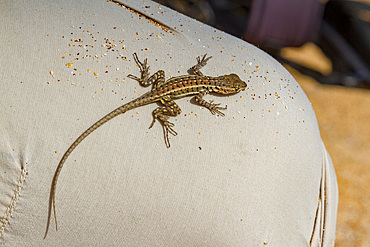
Lava lizard (Microlophus spp) in the Galapagos Island Archipelago, UNESCO World Heritage Site, Ecuador, South America
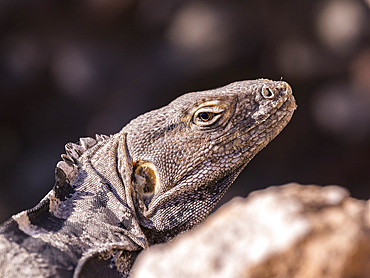
Adult San Esteban spiny-tailed iguana (Ctenosaura conspicuosa), endemic to Isla San Esteban, Baja California, Mexico, North America
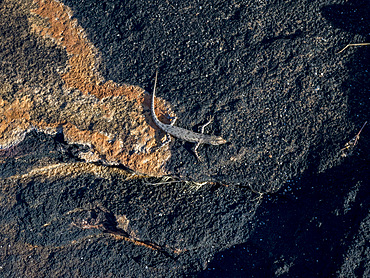
An adult bauxite rainbow skink (Carlia amax), sunning itself on lava formation in Vansittart Bay, Kimberley, Western Australia, Australia, Pacific
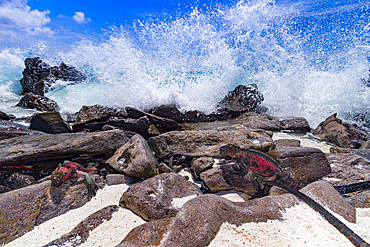
The endemic Galapagos marine iguana (Amblyrhynchus cristatus) in the Galapagos Island Archipelago, UNESCO World Heritage Site, Ecuador, South America
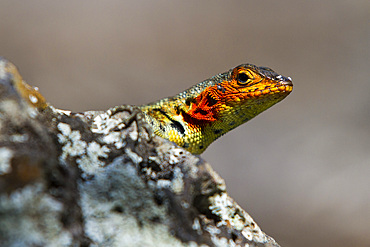
Lava lizard (Microlophus spp) in the Galapagos Island Archipelago, UNESCO World Heritage Site, Ecuador, South America
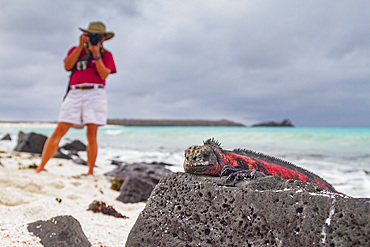
Tourist photographing an endemic Galapagos marine iguana (Amblyrhynchus cristatus) on Espanola Island in the Galapagos Islands, UNESCO World Heritage Site, Ecuador, South America
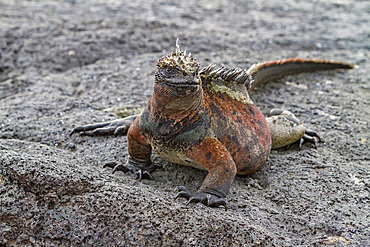
The endemic Galapagos marine iguana (Amblyrhynchus cristatus) in the Galapagos Island Archipelago, UNESCO World Heritage Site, Ecuador, South America
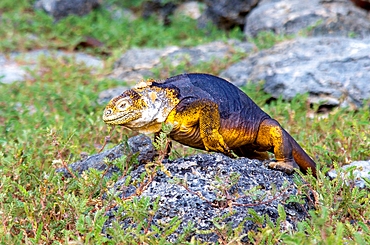
Galapagos Land Iguana (Conolophus subcristatus), can grow to five feet long and live for 60 years, South Plaza island, Galapagos, UNESCO World Heritage Site, Ecuador, South America
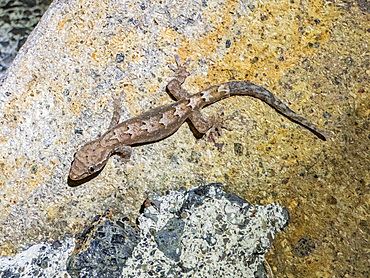
Adult mourning gecko (Lepidodactylus lugubris), at night on the Volivoli Resort grounds on Viti Levu, Fiji, South Pacific, Pacific
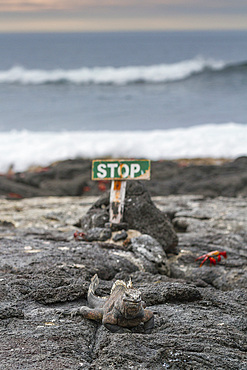
The endemic Galapagos marine iguana (Amblyrhynchus cristatus) in the Galapagos Island Archipelago, UNESCO World Heritage Site, Ecuador, South America
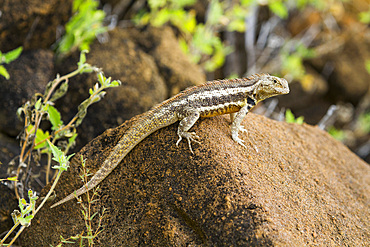
Lava lizard (Microlophus spp) in the Galapagos Islands Archipelago, UNESCO World Heritage Site, Ecuador, South America
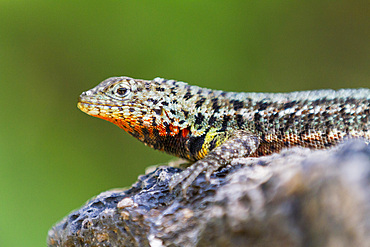
Lava lizard (Microlophus spp) in the Galapagos Islands Archipelago, UNESCO World Heritage Site, Ecuador, South America
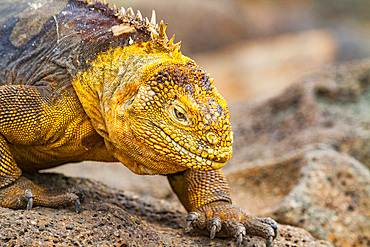
The very colorful Galapagos land iguana (Conolophus subcristatus) in the Galapagos Island Archipelago, UNESCO World Heritage Site, Ecuador, South America
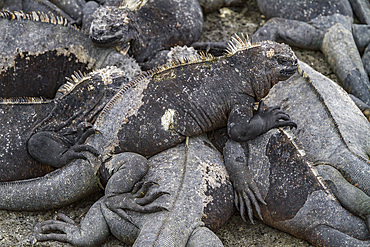
The endemic Galapagos marine iguana (Amblyrhynchus cristatus) in the Galapagos Island Archipelago, UNESCO World Heritage Site, Ecuador, South America
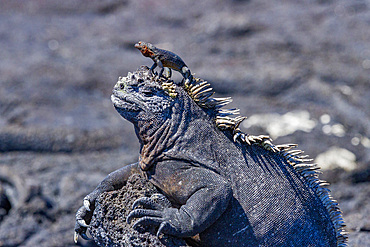
The endemic Galapagos marine iguana (Amblyrhynchus cristatus) with a lava lizard on top of its head, Galapagos, UNESCO World Heritage Site, Ecuador, South America
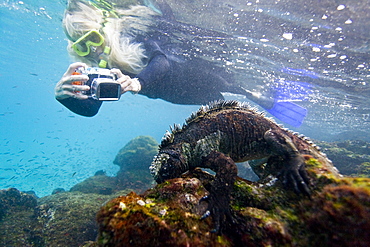
The endemic Galapagos marine iguana (Amblyrhynchus cristatus) feeding underwater in the Galapagos Island Archipeligo, Ecuador
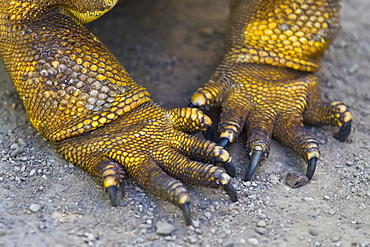
The very colorful Galapagos land iguana (Conolophus subcristatus) in the Galapagos Island Archipelago, Ecuador. MORE INFO This large land iguana is endemic to the Galapagos Islands.
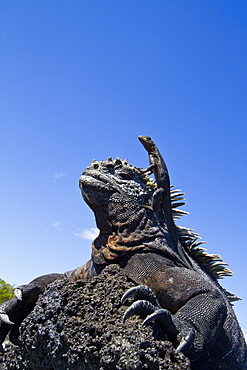
The endemic Galapagos marine iguana (Amblyrhynchus cristatus) with a lava lizard on top of its head in the Galapagos Island Archipelago, Ecuador
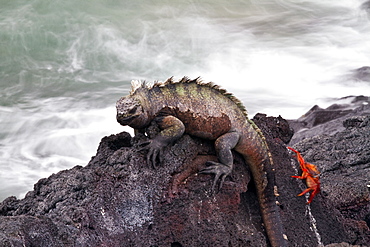
The endemic Galapagos marine iguana (Amblyrhynchus cristatus) in the Galapagos Island Archipelago, Ecuador
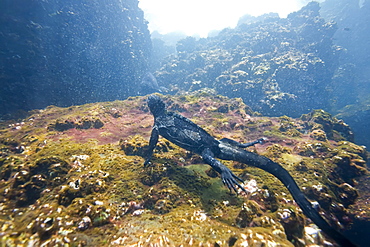
The endemic Galapagos marine iguana (Amblyrhynchus cristatus) feeding underwater in the Galapagos Island Archipelago, Ecuador
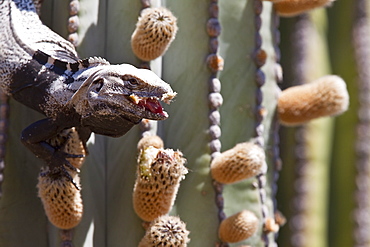
San Esteban spiny-tailed iguana (Ctenosaura conspicuosa), an endemic iguana found only on Isla San Esteban in the Gulf of California (Sea of Cortez), Mexico
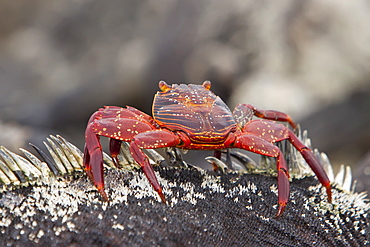
Sally lightfoot crab (Grapsus grapsus) on a marine iguana in the Galapagos Island Archipelago, Ecuador. Pacific Ocean
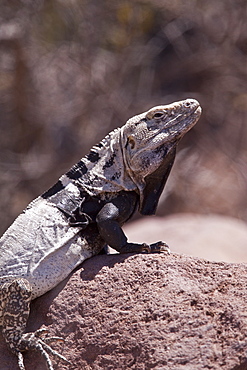
San Esteban spiny-tailed iguana (Ctenosaura conspicuosa), an endemic iguana found only on Isla San Esteban in the Gulf of California (Sea of Cortez), Mexico
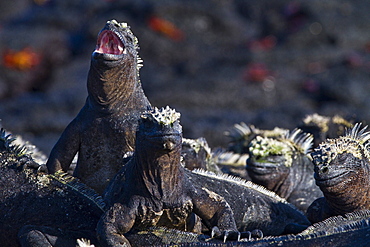
The endemic Galapagos marine iguana (Amblyrhynchus cristatus) in the Galapagos Island Archipelago, Ecuador
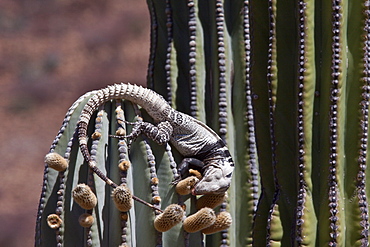
San Esteban spiny-tailed iguana (Ctenosaura conspicuosa), an endemic iguana found only on Isla San Esteban in the Gulf of California (Sea of Cortez), Mexico
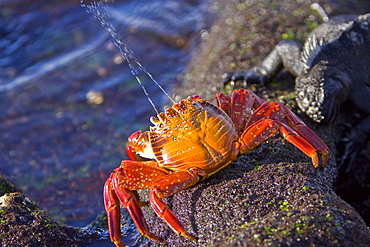
Sally lightfoot crab (Grapsus grapsus) spraying water towards marine iguana in the litoral of the Galapagos Island Archipelago, Ecuador
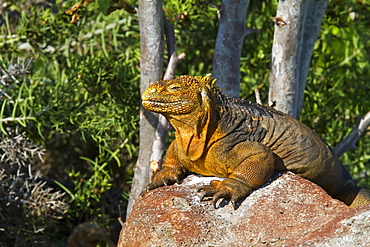
The very colorful Galapagos land iguana (Conolophus subcristatus) in the Galapagos Island Archipelago, Ecuador. MORE INFO This large land iguana is endemic to the Galapagos Islands.
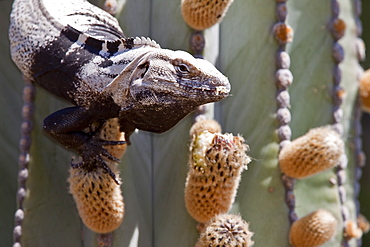
San Esteban spiny-tailed iguana (Ctenosaura conspicuosa), an endemic iguana found only on Isla San Esteban in the Gulf of California (Sea of Cortez), Mexico
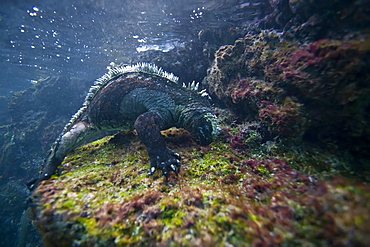
The endemic Galapagos marine iguana (Amblyrhynchus cristatus) feeding underwater in the Galapagos Island Archipeligo, Ecuador

The endemic Galapagos marine iguana (Amblyrhynchus cristatus) feeding underwater in the Galapagos Island Archipeligo, Ecuador
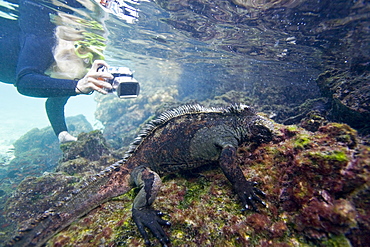
The endemic Galapagos marine iguana (Amblyrhynchus cristatus) feeding underwater in the Galapagos Island Archipeligo, Ecuador
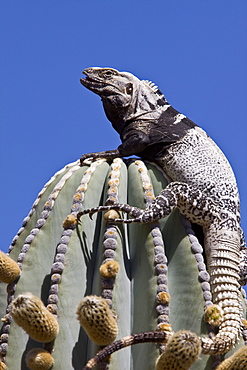
San Esteban spiny-tailed iguana (Ctenosaura conspicuosa), an endemic iguana found only on Isla San Esteban in the Gulf of California (Sea of Cortez), Mexico
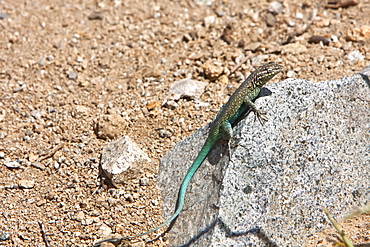
Adult Santa Catalina Side-blotched lizard (Uta squamata) an endemic lizard to Isla Santa Catalina, Baja California Sur, Mexico.
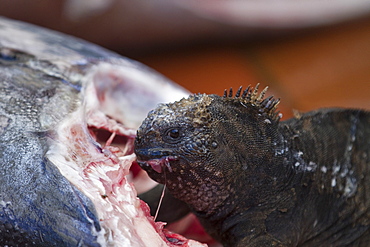
The endemic Galapagos marine iguana (Amblyrhynchus cristatus) feeding on fish at the Puerto Ayora fish market on Santa Cruz Island in the Galapagos Island Archipelago, Ecuador
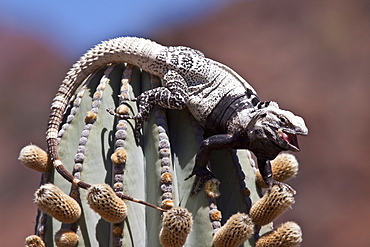
San Esteban spiny-tailed iguana (Ctenosaura conspicuosa), an endemic iguana found only on Isla San Esteban in the Gulf of California (Sea of Cortez), Mexico
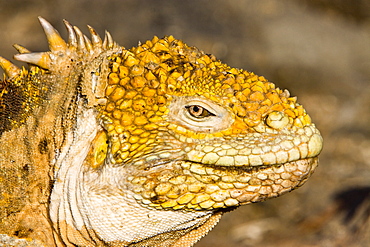
The very colorful Galapagos land iguana (Conolophus subcristatus) in the Galapagos Island Archipeligo, Ecuador. This large land iguana is endemic to the Galapagos Islands.
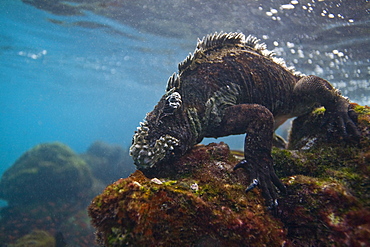
The endemic Galapagos marine iguana (Amblyrhynchus cristatus) feeding underwater in the Galapagos Island Archipeligo, Ecuador
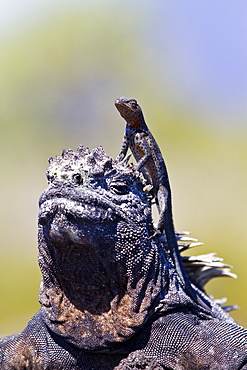
The endemic Galapagos marine iguana (Amblyrhynchus cristatus) with a lava lizard on top of its head in the Galapagos Island Archipelago, Ecuador

San Esteban spiny-tailed iguana (Ctenosaura conspicuosa), an endemic iguana found only on Isla San Esteban in the Gulf of California (Sea of Cortez), Mexico
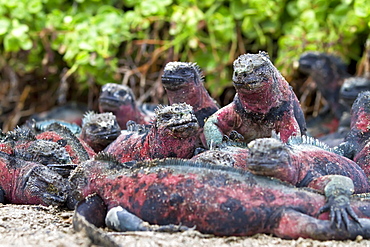
The endemic Galapagos marine iguana (Amblyrhynchus cristatus) on Espanola Island in the Galapagos Island Archipelago, Ecuador
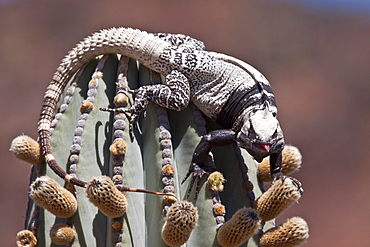
San Esteban spiny-tailed iguana (Ctenosaura conspicuosa), an endemic iguana found only on Isla San Esteban in the Gulf of California (Sea of Cortez), Mexico
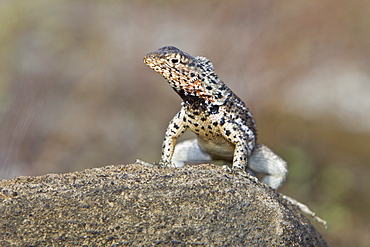
Lava lizard (Microlophus spp) in the Galapagos Island Archipeligo, Ecuador. Many of the islands within the Galapagos Island Archipeligo have their own endemic species.
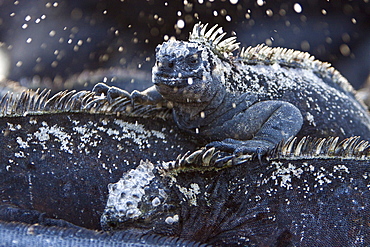
The endemic Galapagos marine iguana (Amblyrhynchus cristatus) "sneezing" salt water in the Galapagos Island Archipeligo, Ecuador
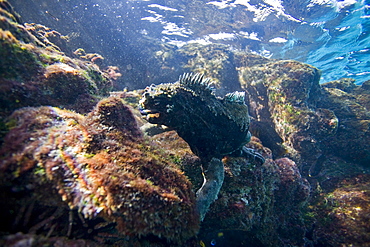
The endemic Galapagos marine iguana (Amblyrhynchus cristatus) feeding underwater in the Galapagos Island Archipeligo, Ecuador
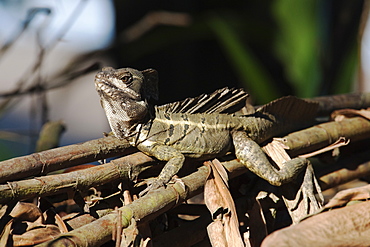
Basilisk or Jesus Christ Lizard (Basiliscus basiliscus) Wild Adult Male. Osa Peninsula, Cost Rica, Central America. MORE INFO: This animal is known as the Jesus Lizard or Jesus Christ Lizard for its ability to run on the surface of water in order to evade predators.
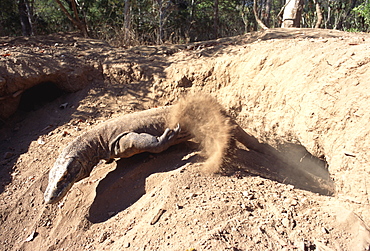
Komodo dragon female on megapode mound (Varanus komodoensis) female uses these birds mounds for nesting site for her own eggs, Komodo Island, Indonesia
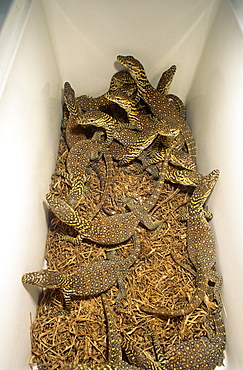
Young hatchling Komodo dragons (Varanus komodoensis), prior to release in the tree canopy - the natural habitat for first 2 - 3 years.
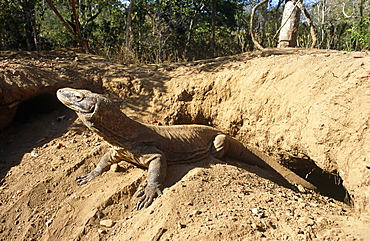
Komodo dragon (Varanus komodoensis) - female resting after tunneling in megapode mount above her nest chamber.
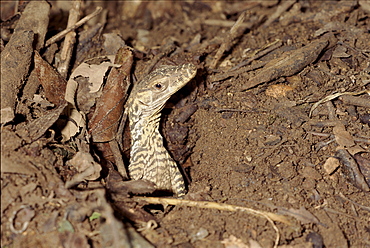
Komodo dragon hatchling emerging, Komodo Island, Indonesia. Eggs are laid underground, in this case under a megapode mound, and so hatchlings have to dig themselves out.
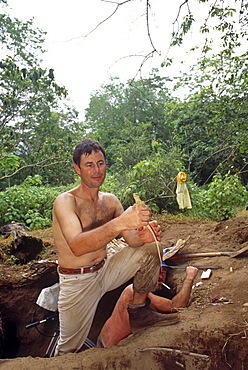
Cameraman, Mike Pitts, holding Komodo dragon hatchling. Scene behind showing entrance in the megapode mound to film the underground nest.
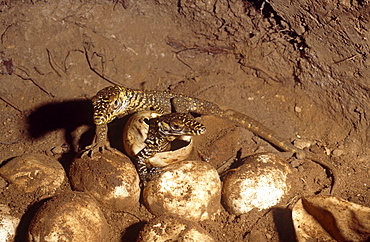
Young hatchling Komodo dragon (Varanus komodoensis). one of thirty three eggs only twenty eight hatched.
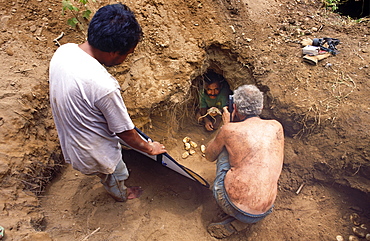
One of many entrances to megapode mound containing Komodo dragon egg chamber. Film crew found the nest the very day the eggs hatched after 9 month gestation. Young hatchling Komodo dragons (Varanus komodoensis) and their egg cases.
